
28 Aug Night Walk
I recently got a new phone which has a much greater capacity for taking photos at night. A few days after getting it, I went for a walk at night and was kind of shocked by how much it let me capture. I posted a few of those and the response was very encouraging. So, over the next week, I ended up going on some long walks near my home at night. These turned into bike rides, and soon I had covered a good deal of territory. As I walked, I thought about why I didn’t just use my Canon 5D camera to make higher quality images. It’s the same question I struggled with when I was making work with my phone in the meadow behind my house.

I don’t have a simple answer. The immediacy, simplicity, and ease-of-use of the phone appeals to me. It’s also partly a rejection of tools and expectations. In the same way that photographers in the ’80’s liked to work with crappy plastic Helga cameras, I like the challenge of working with what I have and trying to push it to do what I want. There’s almost something that is unintentionally – or semi-intentionally – self-undermining about it, though. One part of me is so suspect of the undue influence of systems that I often inhibit my own ability to have my work be a part of a system. Conversely though, I do want that system to understand what my intentions are, and what my work is about, which is why I’m bothering to think about these ideas and write this. There’s something particularly torturous about trying to be a part of a system while also rejecting it- ibid Kurt Cobain.

As an artist, I rarely seek out projects, but instead kind of stumble into them. I’ll shoot something, or read something, that sparks a feeling or an idea, and that can quickly tumble into something that borders on a short-term obsession. With this “Night Walk” work, the first images I made were definitely reminiscent of images that a couple of friends, Lindsay Metivier and Jimmy Fountain, have also been making – but also of Gregory Crewsdon. Like most artists, I am influenced by the work of others. I try not to copy it, but instead fold that awareness into my own impulses and ideas.
I took three photography classes in college, but I have remained at the very outer edges of that system. Like Groucho Marx, I have never wanted to be a part of any club that would have me. In all seriousness, I have always struggled with how work that is made within a system ends up being both consciously and unconsciously confined by the rules of that system. While I can be moved and overwhelmed by the power of well-executed craft, I have equal appreciation for the rejection of craft. So, I get stuck in the middle somewhere. In general, this is true for all aspects of my work; it tends to be in between in regards to both aesthetic and idea.
Our first documentary was called “Horns and Halos” because the characters all had both good and bad aspects. This made the film confounding to people who wanted to know who the good guys were. It was about an underground publisher who worked to re-publish a discredited book about GW Bush. Both the author and the publisher were complicated characters, and the film focuses on them rather than Bush. When we showed the film in DC, the audience was equally divided among those who were mad that we hadn’t been harder on GW and those who thought we hadn’t been hard enough. Often, in order to get attention, work has to narrow itself to a kind of binary position that makes the audience comfortable that they understand where the work stands. In the world of art, where there is a collective understanding of what is historically important, there is a sense of shared insider knowledge that leads to one’s perceived relevance within a system, rather than pure connection to what is being seen. Those who challenge the idea of what is important have a hard row to hoe, but this can sometimes work to their advantage. However, this requires having bought into the idea of the import of the system to begin with- or at least the import of challenging it directly.

When I started making photographs, I was most drawn to very observant, yet loose, street photography like the work done by Lee Friedlander, Garry Winogrand, and Robert Frank. I appreciated a lot of the more technically-focused work like Mary Ellen Mark, but I like the freedom and exuberance of the aforementioned photographers. Their work was the stuff that made it through the filters of the system and reached people like myself who were outside of it. Later, when I was in NY and I could go to A Photographer’s Place, a photo book store, I found so many more amazing books to look through which expanded both my understanding of photographs, but also of how work reached people. I also had a few good teachers.

For my first 10 years of making photos, I mostly shot black and white (except for my mall project which had to be in color partly because it was started in a color photo printing class). Much of that work was about the music scene that I was a part of. In the mid ’90’s, that work had kind of run it’s course. I got a Yashica T4 point-and-shoot camera and started to shoot a lot of color print film with it. I would get it developed at the Hallmark store where I got double prints for about 8 bucks. I would pull out ones I liked and started to make letter books with them (i.e. little books I would send to friends as letters). I also started to build them into collages. This was work that was both observant of the world around me, but also somewhat personal, with a lot of documentation of friends. The character from the aforementioned film Horns and Halos had a book store with a small gallery and he offered me the opportunity to have a show. I made a wall sized book of the collages (poster size black foam core that one could turn on the wall). I had a little gallery book there and in the comments one person wrote “make your own work!”, implying that what I had shot, which was largely personal and observant, was so derivative as to be infuriating. It’s amazing how much our own indoctrination into certain systems can make us so livid about how other people choose to live.

At the time I was doing more film work, and I didn’t make a lot of photos over the next decade. Then, while scanning images for a film, I stumbled on slides from my first project, shooting in malls across America. I put some of that work online and it went viral. Eventually it got published by the most important photo book company. However, since I was not really part of their system, they did not communicate with me at all. The disconnect with how powerfully the work connected with people versus how it connected with the expectations of the system was profound. Despite the book selling out before it hit stores, no gallery was interested in showing it. Eventually, an excellent local museum included some of my images in a group show of NC artists. Last year at this time, I used Kickstarter to self-publish a second book of those mall photos, and it sold out very quickly. Still, I have had no other interaction with the photo system about the work. Since then, I have started to scan a lot of my follow-up project from the early ’90’s, and it too is resonating with people, and I will make that book as well. What I have learned through this process is that sometimes, if work isn’t made as a part of a system, it takes a lot more time for it to reach the world. The Internet changed the nature of the equation, democratizing it to a degree. So, I keep on making work, knowing that at some point it will find it’s audience.

I live in Chapel Hill, where I grew up. I went to college in NY, and stayed there for 27 years. It’s hard for me to believe, but it was seven years ago that I moved back into the house that I grew up in. This night-shooting started out with making images in the neighborhood that I spent my early years exploring. I expanded to a much larger loop towards the university campus. Then I rode through downtown Carrboro and Chapel Hill. Later, I went up Laurel Hill road.

In general, the images are focused on buildings; and the light emanating from them in dusk or early evening. So, they become about light, lines, and feelings related to home. For me there are also a lot of subtle personal connections. For example, without really thinking about it, I shot at the intersection where my father died, where my parents worked, and the roads I used to travel as a kid. Last night, I ended up at my old junior high school.
I was a little disappointed when I imported the images to my computer so that I could make this post. They look better on the phone, and I don’t think they will print as well as I’d hoped. Photography is an odd tool for artists. As discussed above – when we think about craft, we often focus on technique, materials, and a sense of mastery. I like to think about immediacy, and letting go of control. For me, images are about a feeling: what does the picture make me think of, or relate to? Pictures are usually less singular than part of a narrative. This here is a work in progress – some of the images and some of the thoughts. For now, I will post the images and share this work. I’ll start to fill this in with thoughts. (edit… I did some of that thinking above)












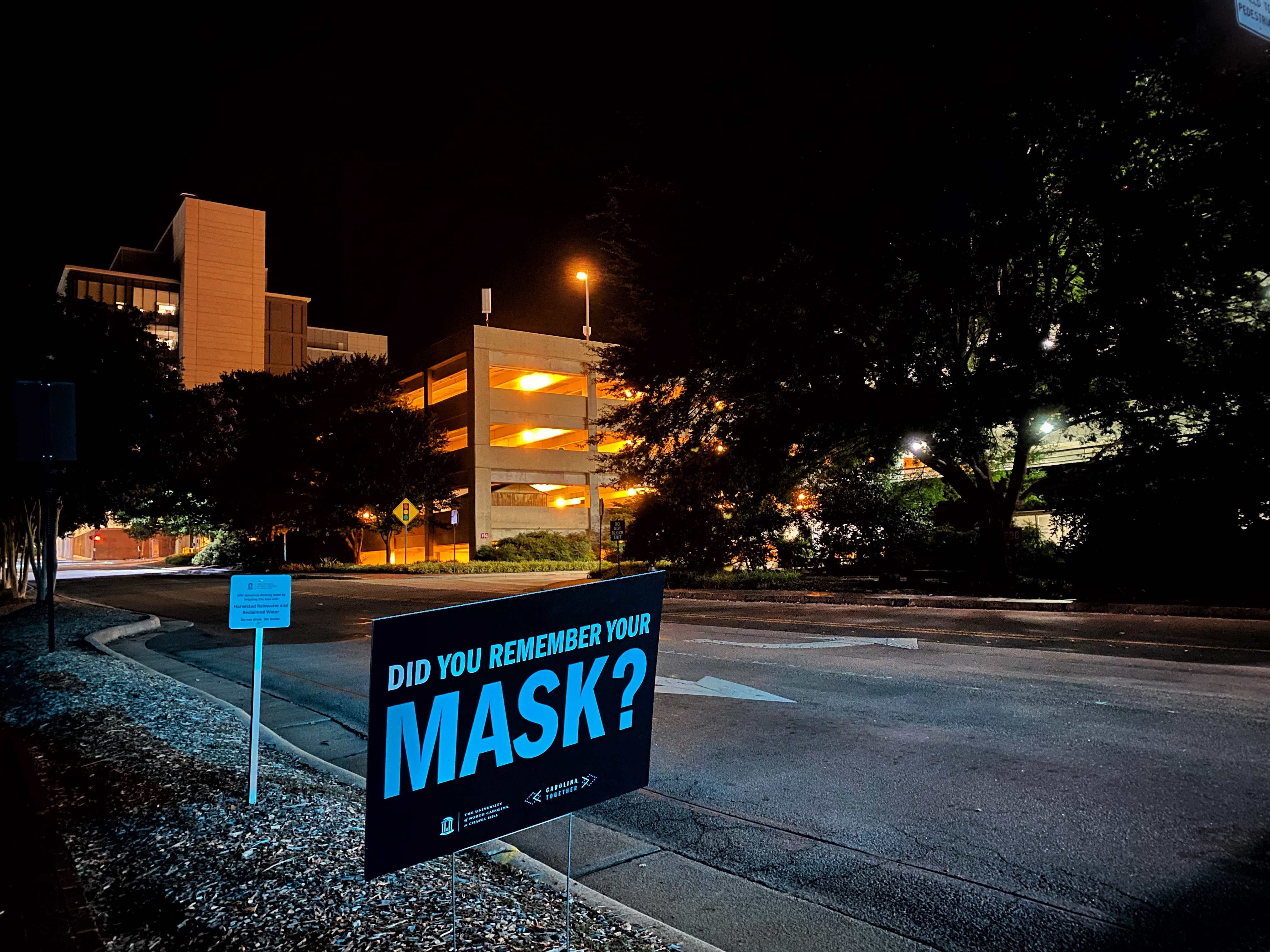





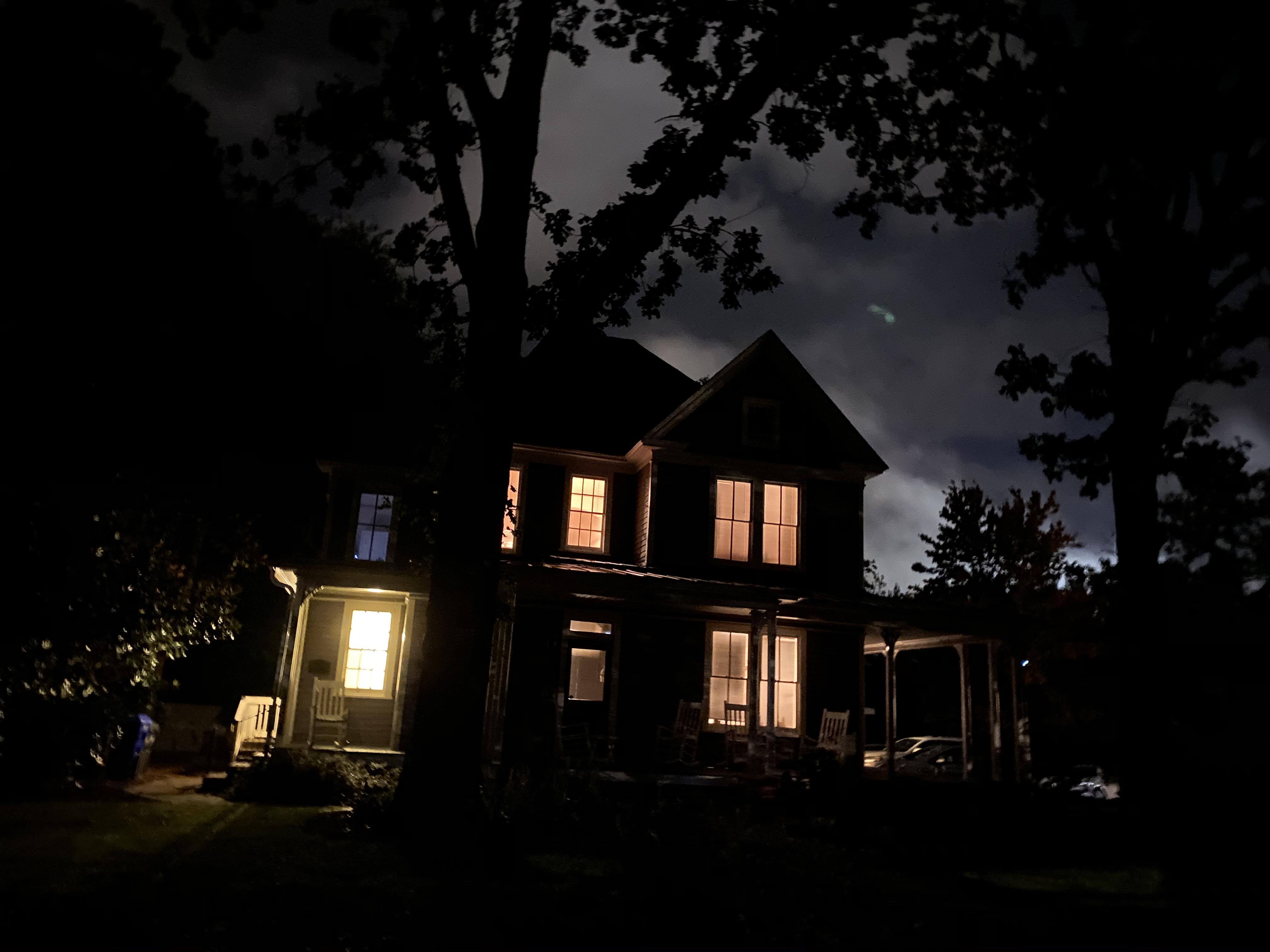










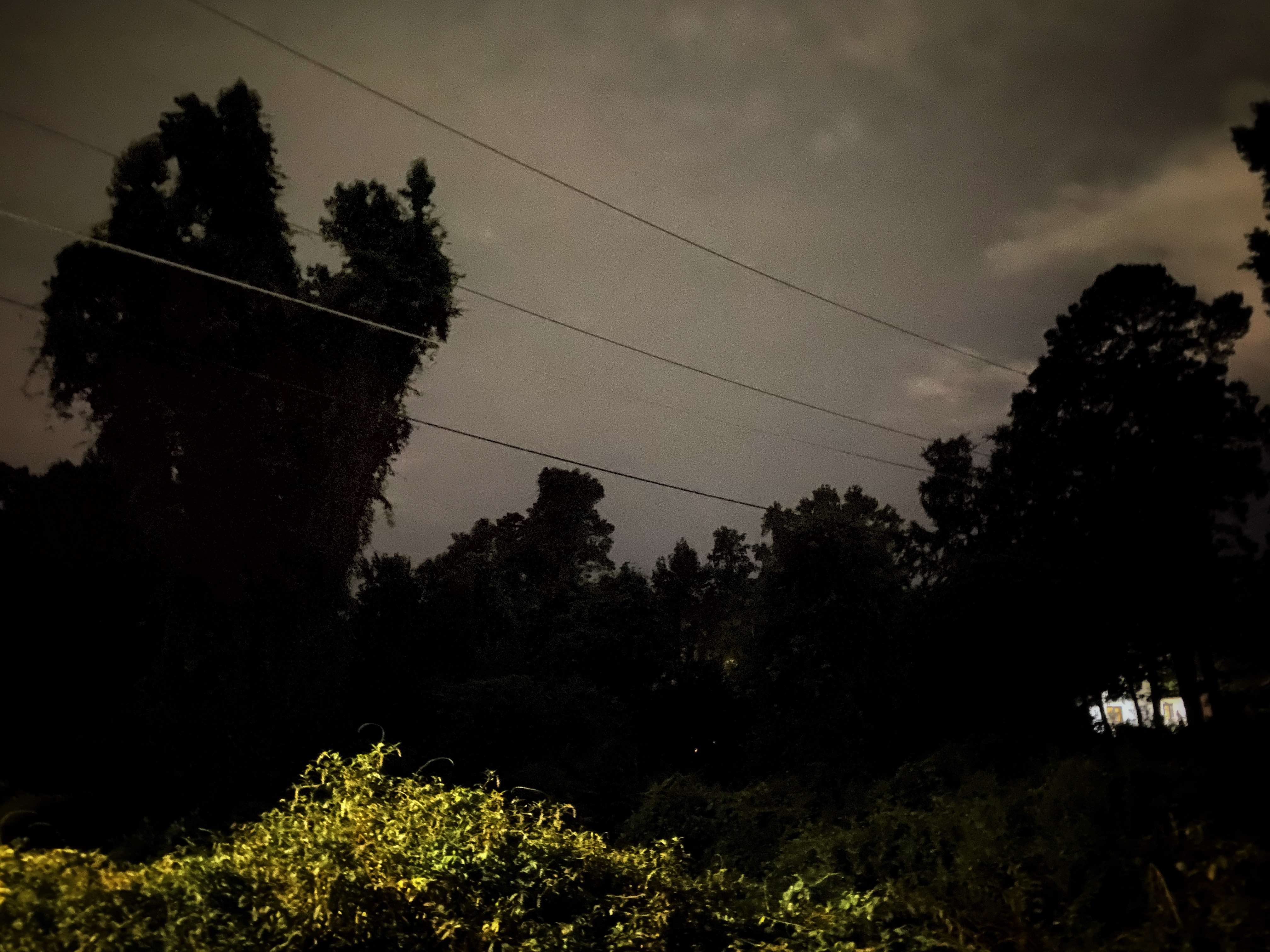

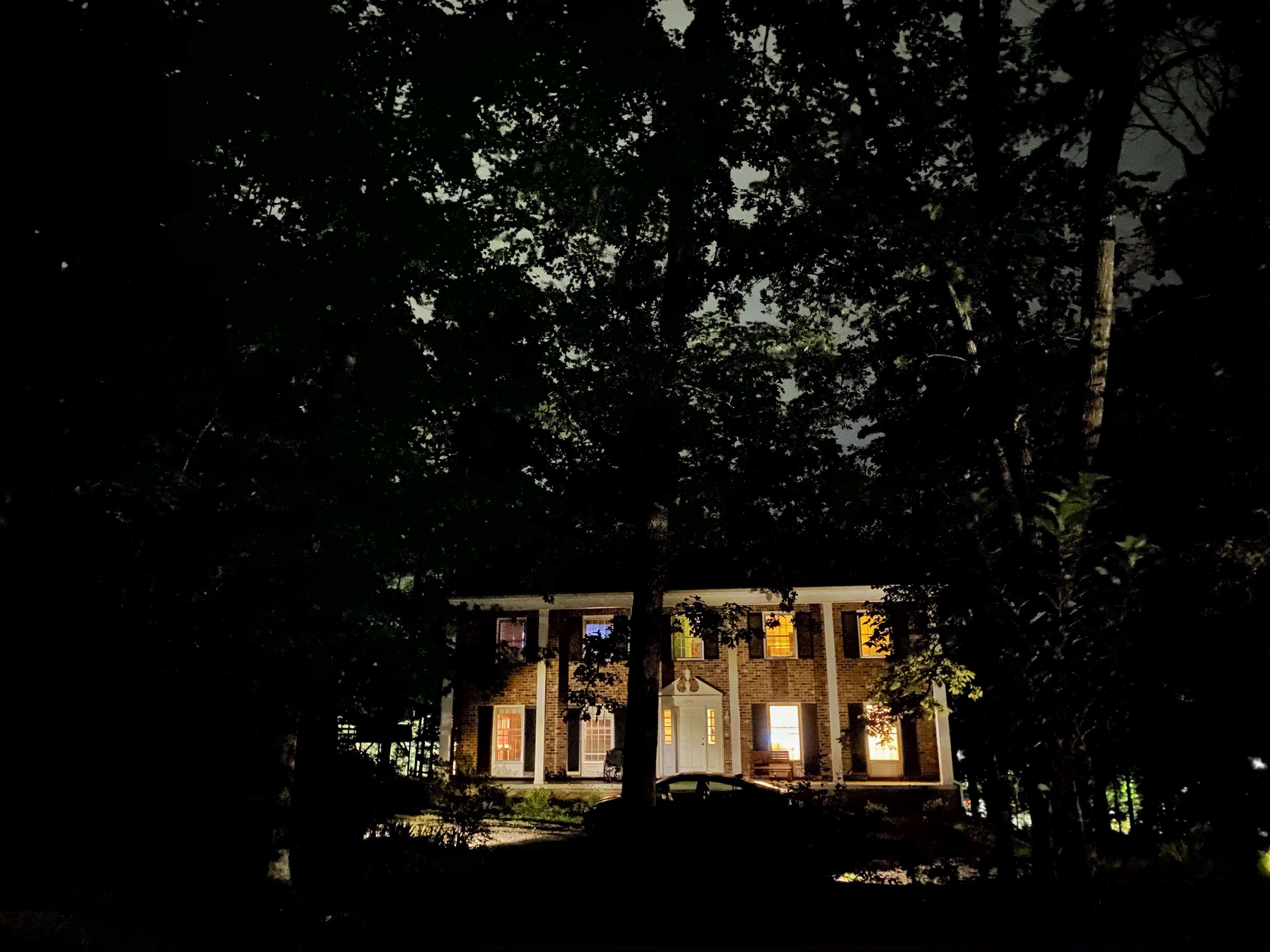



















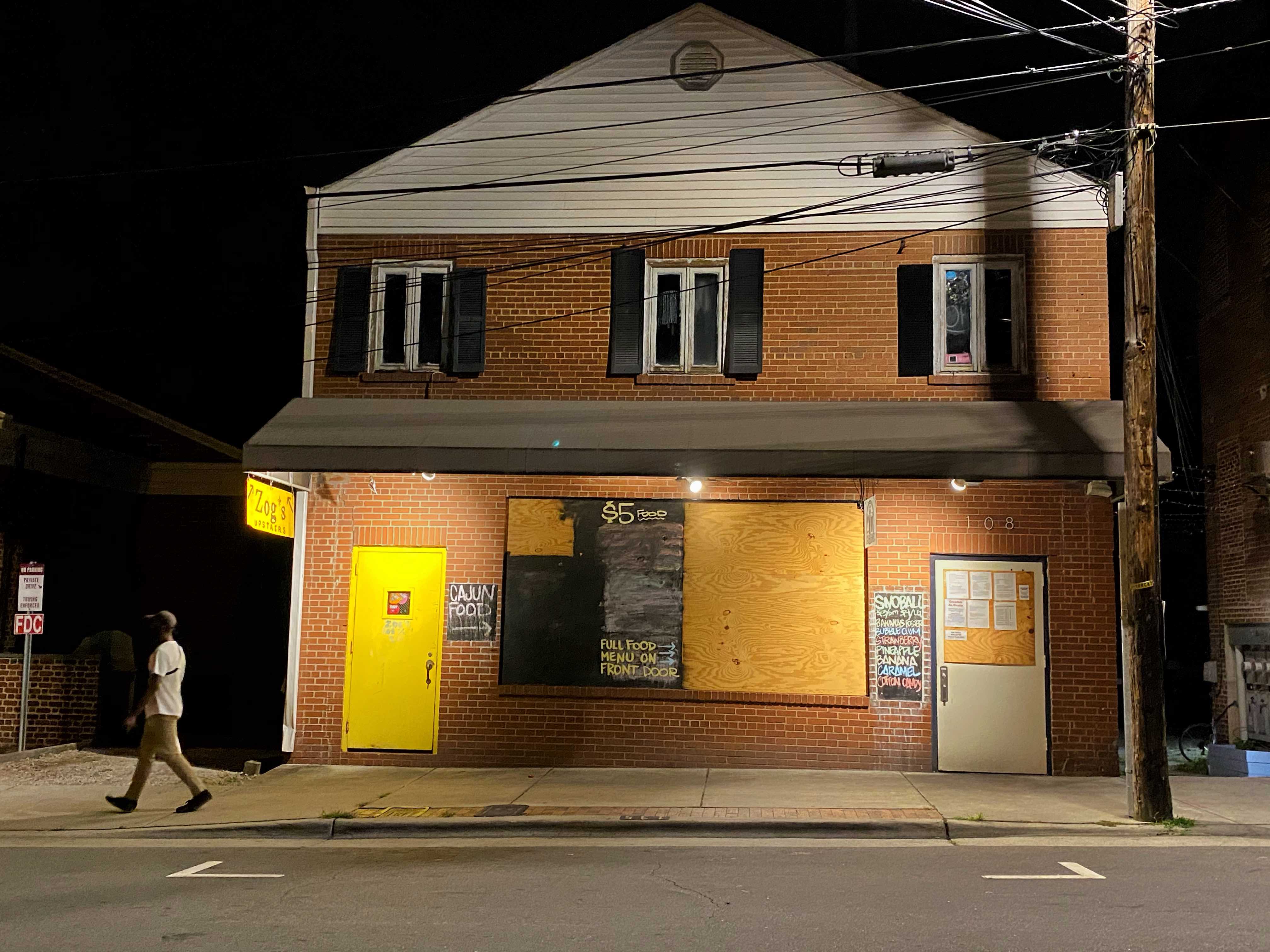






I might keep adding more images. Maybe I’ll do a separate post. This work is very much about quarantine/covid. This period is isolating, and melancholy and fraught. This work is about that feeling- remembering what it feels like right now- how isolating it really is. I’m lucky. We feel safe, but also lost. Thanks.


No Comments